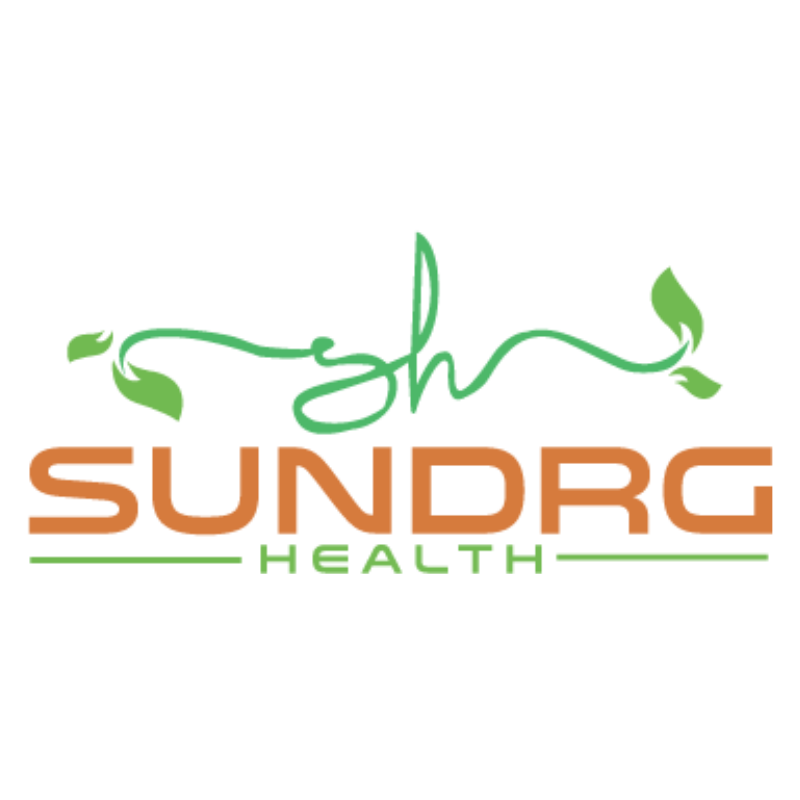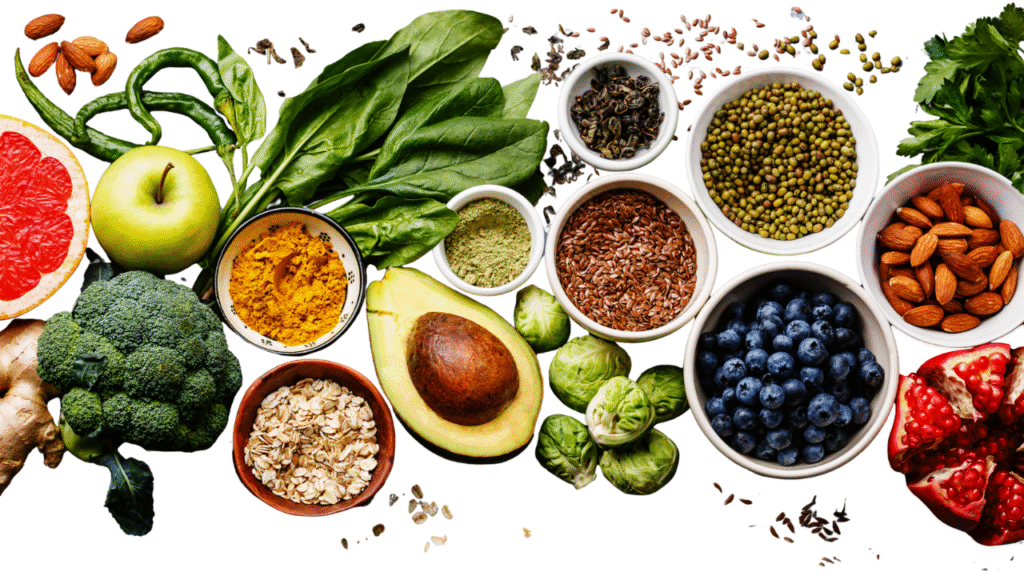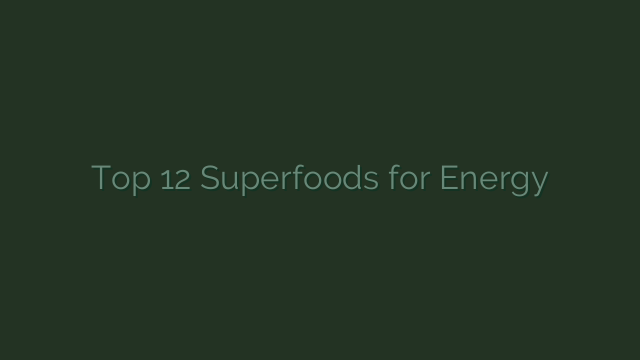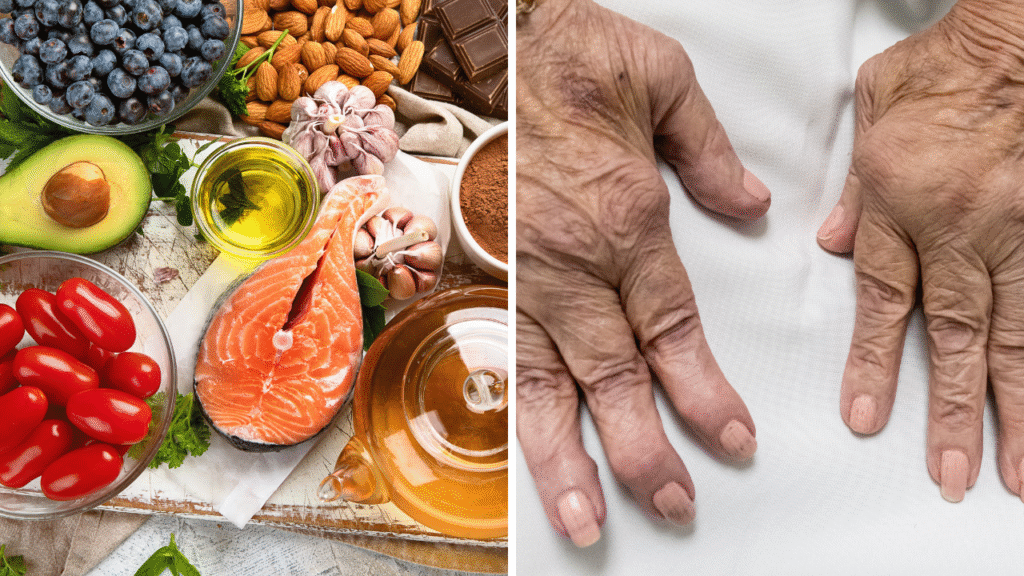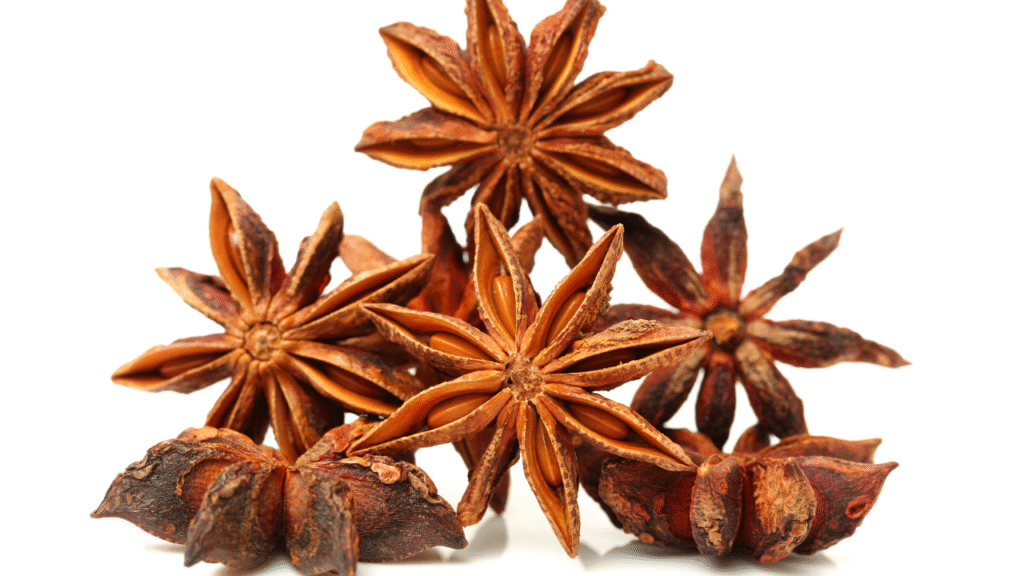Patients with kidney disease may benefit from a renal diet low in salt, phosphorus, and potassium. This diet may not repair the kidneys, but it can help them by lowering waste buildup in the blood, which includes food products.
Diet and kidney disease
Dietary limitations for people with renal illness differ according to the stage of the disease. Those with late-stage kidney disease should reduce their salt, potassium, phosphorus, and protein intake to avoid further damage. The kidneys may struggle to extract or digest these minerals, and elevated quantities can be harmful.
It is recommended to incorporate a heart-healthy diet that is abundant in fresh, plant-based foods and limited in saturated fats, along with these choices. It is critical to see a doctor regarding individual dietary requirements, as everyone’s experience with renal illness is unique. It is essential to preserve kidney function while minimizing the danger of additional injury.

Here are the 20 best foods for people with kidney disease.
1. Cranberries
Cranberries are high in A-type proanthocyanidins, antioxidants that can help prevent urinary tract and kidney infections by lowering bacteria levels in urine. They include low potassium, phosphorus, and salt levels, all associated with kidney issues. You can consume cranberries in several ways: dried, cooked, fresh, and juiced. A cup of whole, fresh cranberries has 2 mg of sodium, 80 mg of potassium, 11 mg of phosphorus, and 0.5 grams of protein. (1)
2. Cauliflower
Cauliflower has many nutrients, including vitamin K, folate, fiber, antioxidants, and anti-inflammatory substances. A half cup of boiling cauliflower contains 9.3 mg of sodium, 88 mg of potassium, 20 mg of phosphorus, and 1 g of protein, making it an ideal low-potassium side dish. (2)
3. Cabbage
Cabbage is a cruciferous vegetable that provides vitamins, minerals, and antioxidants. A 2021 study discovered that white, green, and red cabbage can help manage blood sugar, lower the risk of kidney and liver damage, and avoid oxidative stress and obesity. A cup of shredded savoy cabbage has 20 mg sodium, 161 mg potassium, 29 mg phosphorus, and 1.4 grams of protein.
4. Skinless chicken
Skinless chicken breasts have less fat and phosphorus than skinless chicken. One cup of cooked skinless chicken breast has 104 mg of sodium, 358 mg of potassium, 319 mg of phosphorus, and 43 grams of protein.
5. Blueberries
Blueberries include a high concentration of minerals and antioxidants, including anthocyanins, which may help prevent heart disease and diabetes. They are low in sodium, phosphorus, and potassium. (5)
6. Buckwheat
Buckwheat is a low-potassium whole grain that contains B vitamins, magnesium, iron, and fiber. It is gluten-free, making it ideal for people with celiac disease or gluten intolerance. A half cup includes 0.8 mg sodium, 391 mg potassium, 295 mg phosphorus, and 11 grams of protein.
7. Olive oil
Olive oil is a rich source of vitamin E and unsaturated fat, with oleic acid being the primary fat having anti-inflammatory characteristics. It is phosphorus-free, making it appropriate for kidney disease sufferers. The monounsaturated fats in olive oil remain stable at high temperatures, making it a nutritious cooking oil. A tablespoon includes 0.3 mg of sodium, 0.1 mg of potassium, 0 mg of phosphorus, and 0 grams of protein.
8. Bulgur
Bulgur is a whole-grain wheat product containing B vitamins, magnesium, iron, plant-based protein, and fiber. It is a kidney-friendly alternative to other whole grains heavy in potassium and phosphorus. A half-cup serving of cooked bulgur includes 154 mg of sodium, 48 mg of potassium, 28 mg of phosphorus, and 2 grams of protein.
9. Egg whites
Egg whites are a high-quality, kidney-friendly protein source with low phosphorus levels. They may be a better option for people on a renal diet than whole eggs because of their high phosphorus levels. Two raw egg whites (66 g) contain 110 mg sodium, 108 mg potassium, 10 mg phosphorus, and 7 grams of protein.
10. Garlic
Garlic is a tasty and nutritious alternative to salt, containing vital vitamins and minerals such as manganese and vitamin B6. It also includes sulfur compounds, which have anti-inflammatory properties. A 9-gram clove has 1.5 mg of sodium, 36 mg of potassium, 14 mg of phosphorus, and 0.5 g of protein.
11. Bell peppers
Bell peppers include high levels of vitamins A and C and antioxidants necessary for immunological function and renal disease prevention. A medium red pepper has less than 2.5 mg sodium, 213 mg potassium, 27 mg phosphorus, and 1 gram of protein.
12. Onions
Onions can benefit renal diet recipes, adding a sodium-free flavor without jeopardizing kidney function. Enhance the taste of your sautéed onions by adding garlic, olive oil, and herbs, all while maintaining the health of your kidneys. Onions also include vitamin C, manganese, B vitamins, and prebiotic fibers, which aid digestion by feeding gut microbes. A small onion contains 3 mg of sodium, 102 mg of potassium, 20 mg of phosphorus, and 0.8 grams of protein.
13. Arugula
Arugula is a low-potassium, delicious green ideal for kidney-friendly salads and side dishes. It contains vitamin K, manganese, and calcium, all needed for bone health. Arugula also includes nitrates, which can decrease blood pressure and help patients with kidney problems. It has 5 mg of sodium, 74 mg of potassium, 10 mg of phosphorus, and 0.5 grams of protein.
14. Macadamia nuts
Macadamia nuts are healthier for people with kidney problems since they contain less potassium and phosphorus than peanuts or almonds. They also supply calcium, healthy fats, folate, magnesium, copper, iron, and manganese. One ounce of macadamia nuts includes 1.4 mg of sodium, 104 mg of potassium, 53 mg of phosphorus, and 2 grams of protein.
15. Radish
Radishes are nutritious vegetables with low potassium and phosphorus content that contain critical minerals such as folate and vitamin A. Their peppery flavor makes them a tasty addition to low-sodium meals. A half cup of sliced radishes has 23 mg of sodium, 135 mg of potassium, 12 mg of phosphorus, and 0.4 grams of protein.
16 Turnips
Turnips are a root vegetable high in fiber, vitamin C, B6, and manganese. They can be roasted, boiled, mashed, or eaten raw. A half-cup of cooked turnip cubes has 160 mg sodium, 159 mg potassium, 22 mg phosphorus, and 1 gram of protein.
17. Pineapple
Pineapple is a nutritious sweet treat for kidney health because it contains less phosphorus, potassium, and sodium than other fruits. The food item contains a significant amount of fiber, vitamin A, and an enzyme known as bromelain, which has anti-inflammatory properties.
18. Sea bass
Sea bass is a high-quality protein source rich in omega-3s, which may help prevent disease and promote long-term health. A three-ounce meal of cooked sea bass has 74 mg of sodium, 279 mg of potassium, 211 mg of phosphorus, and 20 grams of protein.
According to NIDDK, eating too much meat or fish can harm the kidneys. Therefore, the NIDDK suggests consuming small portions of meat or fish is better. A recommended portion size is 2–3 ounces.
19. Red grapes
Red grapes are rich in flavonoids and antioxidants that can lower inflammation and protect against heart disease, diabetes, and other health problems. A half-cup of red grapes includes 1.5 milligrams of sodium, 144 mg of potassium, 15 mg of phosphorus, and 0.5 grams of protein. (19)
20. Shiitake mushrooms
Shiitake mushrooms are a plant-based meat replacement suitable for people with kidney illness or who limit their protein consumption. They include high levels of B vitamins, copper, manganese, and selenium, as well as plant-based protein and dietary fiber.
Shiitake mushrooms are an excellent option for individuals on a renal diet, as they contain lower potassium, sodium, and phosphorus levels than portabella and white button mushrooms. One cup of cooked shiitake mushroom pieces with no extra salt has 6 mg of sodium, 170 mg of potassium, 42 mg of phosphorus, and 2 grams of protein.
Frequently asked questions
“What’s the ideal diet for individuals with kidney disease or kidney failure?”
To manage kidney disease, the National Institute of Diabetes and Digestive and Kidney Diseases advises adhering to a heart-healthy diet, limiting alcohol consumption, avoiding foods high in phosphorus and potassium, and ensuring adequate protein intake without overindulging in protein.
How can I make my kidneys stronger again?
To preserve kidney health, the National Kidney Foundation suggests managing high blood pressure, keeping normal blood sugar levels, avoiding excessive protein consumption, limiting salt intake, avoiding NSAIDs such as ibuprofen, aspirin, and naproxen, and receiving an annual flu shot.
What drink is good for healthy kidneys?
Drinking simple water, unsweetened cranberry juice and rice milk will help drain toxins from the kidneys and potentially avoid kidney disease. Plain water may also include antioxidants, which protect the kidneys from infection. Avoid alcohol since it raises the risk of a variety of health problems. To keep your kidneys healthy, limit or avoid drinking alcohol.
What are ten foods that are bad for the kidneys?
Avoid foods heavy in salt, phosphorus, or both to reduce your risk of kidney disease. Limit your intake of processed foods, canned foods with added salt, high-protein, alcohol, and deli meats; before usage, choose salt-free or washed options.
Conclusion
People with the renal disease must monitor their phosphorus, salt, and potassium intake, and they may need to reduce their protein intake at specific periods. It is best to consult a doctor before making any dietary changes, as nutritional requirements and limits may vary. Chicken, shiitake mushrooms, cranberries, macadamia nuts, and other dietary meals are suitable.
A lower-protein diet is recommended for people with renal disease who do not require dialysis treatment. Many studies suggest restricting protein and increasing plant-based items in the diet may help prevent kidney function decline.
